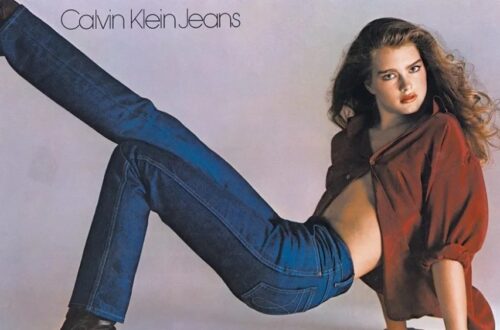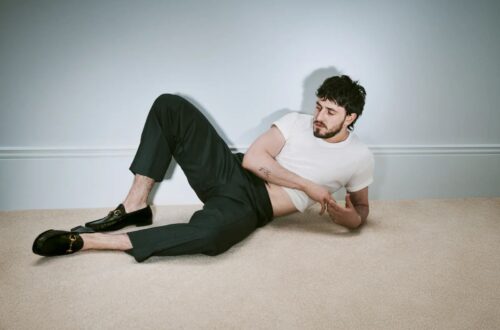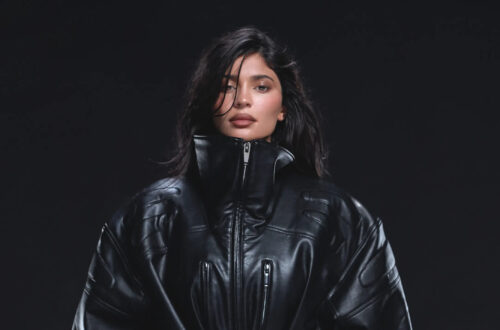Fashion week season has officially come to an end and while we place our bets on what will be the trends for next year, one particular trend can answer some questions about what our lives, as well as our wardrobes, will look like in 2024. In this season’s fashion weeks all over the world, one shoe trend has represented a dramatic change in the norm: flat shoes.
Dissecting history according to the trends adopted in certain periods of time, shoes are almost always understated, relegated as a mere accessory to the rest of the iconic outfits setting different fashion eras apart. Shoes, however, are one of the most accurate indicators of fashion trends, simply because they are limited by the barriers of comfort. A designer’s creativity is constricted by the intrinsic requirement – stronger than in any other category of apparel – to make the shoe as wearable as possible, rather than aesthetically impeccable, resulting in specific choices and restrictions. The result, a final product perfectly synthesizing what the designer could absolutely not go without, making shoes the perfect indicators of where creativity and aesthetics are headed.
From ballet flats to sandals, loafers to Birkenstock, flats and low heels have taken over runways and the market in the past few months. The sharpest fans of fashion trend analysis will remember Trevor Davies’ theory, which sees high heels as economic indicators of recession. “When heels go up, the economy goes down”, so, following the same rationale, could it be that heels are going down because the economy is finally recovering?
To put it shortly, not necessarily. All theories and indices such as Davies’s are based upon the two main driving forces of fashion and the economy: escapism and faith. When we have faith in our institutions and our economy, our clothes become less extravagant because we want to look like we belong in a world we so deeply confide in. However, when the world around us lets our expectations down, we start to look elsewhere, we move towards other universes to trust in, escaping towards imaginary worlds that can bring us more satisfaction than reality. This is where faith crosses the line and becomes escapism: in fashion, this translates into extravagant, maximalist outfits that can bring us joy and distraction from a reality we no longer feel as ours.
The best instances of this mechanism can be found in recent years, following the 2008 and 2020 crises, as well as during the Great Depression and in the 1970s. In particular, if we look at the socio-political conditions backing the emergence of the iconic ‘70s style, we can notice several similarities with the context we are living in now. More specifically, a break between institutions and consensus of young people. In the ‘70s, this conflict translated into the creation of a new, irreverent style, drawing inspiration from the disco nightlife and other distant cultures for everyday looks. Young people were bringing their ideas, traditions and ethics into everyday life, in a similar approach to the way they were claiming their spot at the center of political and social discourse.
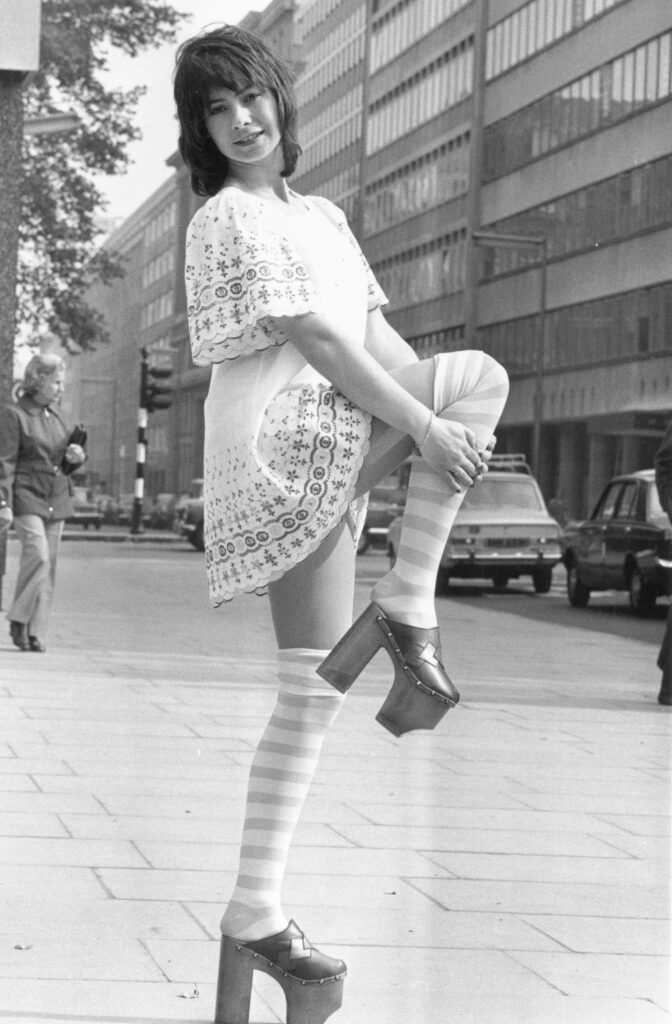
Platform shoes in the 70s extended from the disco scene to everyday outfits.
In this optic, it would be wrong to talk about escapism: young people were, in fact, not trying to escape reality, but they were extending their own style, ideas and opinions into it. Therefore, this instance is the perfect example of extravagance being supported by lack of faith, rather than escapism. An opposite example is found in recent years, with the return of platform shoes in 2021: in this context, fashion became a way to quite literally escape the routine of our homes, any event that allowed us to go out was an occasion to wear our best and brightest outfits. As a result, another type of platform shoes saw a rapid and exponential rise in popularity: Versace’s Medusa Aevitas heels.
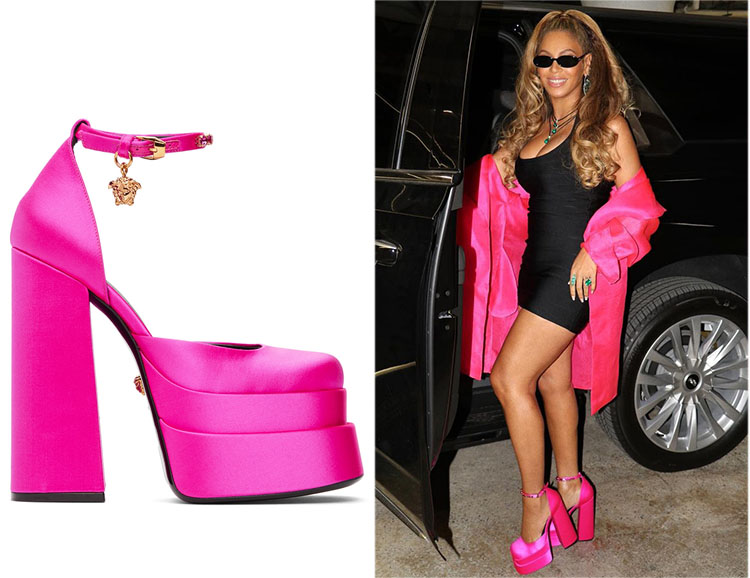
The popularity of platforms in 2021 was certainly boosted by the requirement of both comfort and aesthetics for “going out” shoes, resulting from the amount of time spent indoors. Another reason supporting the rise of platforms could be the obsession with y2k and nostalgia, pushing people to emulate the looks of toys and cartoons from our childhood: this trend supported the resurrection of Barbiecore and Bratzcore, which, in shoes, translated into the rise of thick shoes that could give the illusion of looking like plastic shoes for dolls.
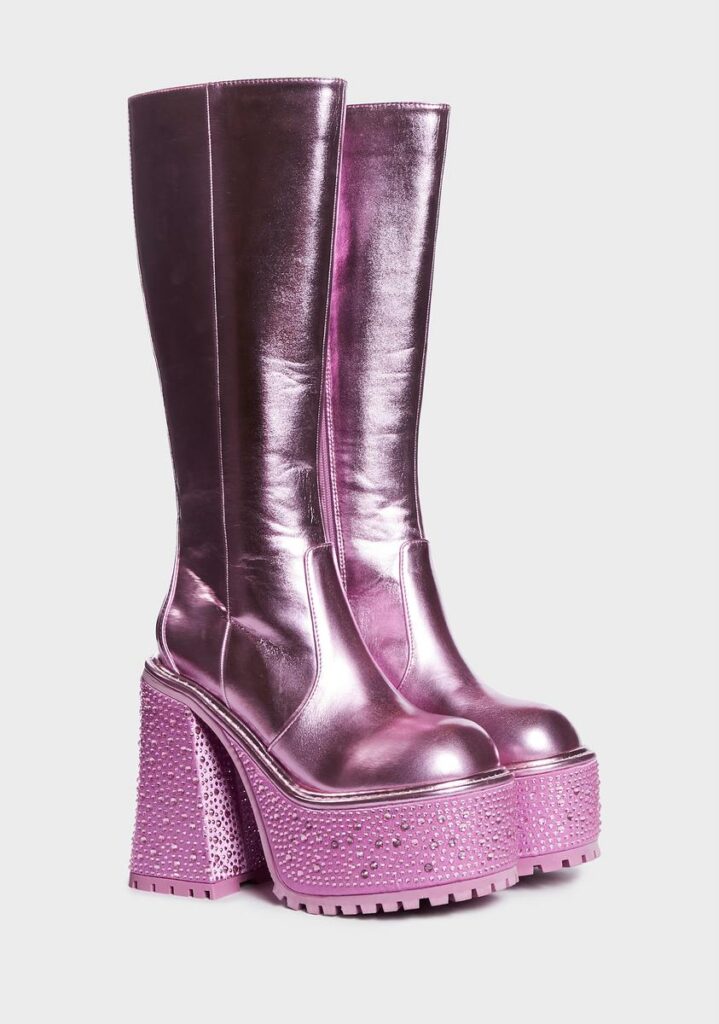
Platform boots from the Dolls Kill
x Bratz 2020 collection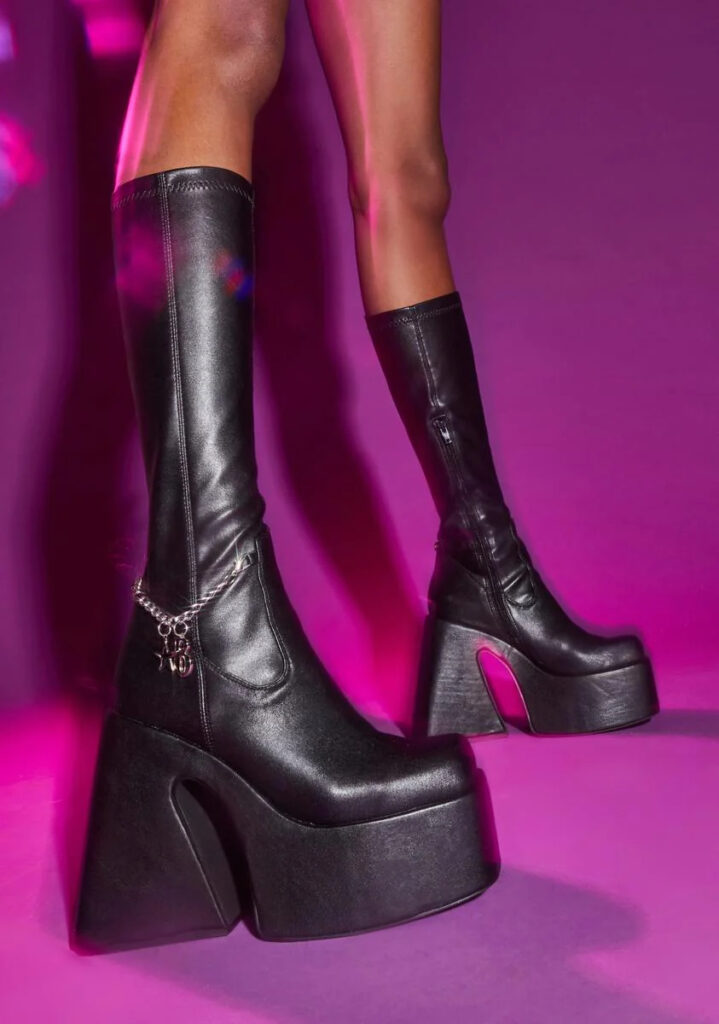
Platform boots from the Dolls Kill
x Bratz 2020 collection
Comparing these designs with what we are seeing now down the runways and on the streets, we can’t help but wonder: what happened in just three years to shift our taste this way?
The immediate answer suggested by Trevor Davies would be that the economy has drastically improved from 2020, and therefore we don’t feel the need to escape reality anymore. However, a quick glance around our political situation at the end of 2023 can quickly prove this theory wrong: only considering Europe, we find ourselves in between two wars, with growing tension between different political groups, as well as among different generations. So, even if our economy is recovering from its position in 2020, our overall socio-political situation has not allowed for overall satisfaction with our everyday reality.
To justify the apparent division from past trends, we should take a closer look at the designs of flat shoes that have gained popularity recently: while ballet flats draw direct inspiration from the 2010s, years in which great part of Gen Z has grown up, recent collections have been trying to propose new interpretations of the everyday flat shoe. Take into consideration Jacquemus’ “les mules plates” and “les mules basses”, which combine the tradition of ballet flats with a squared front and an exposed heel. Or else, consider Prada’s take on kitten heels in the SS24 womenswear collection: here, Miuccia Prada combines extravagant, brightly colored satin with a unique triangular heel, for a new take on low-heeled mules. Similarly, Sabato De Sarno’s Gucci SS24 collection exposes a new take on loafers, combining flat soles and vertiginous platforms.
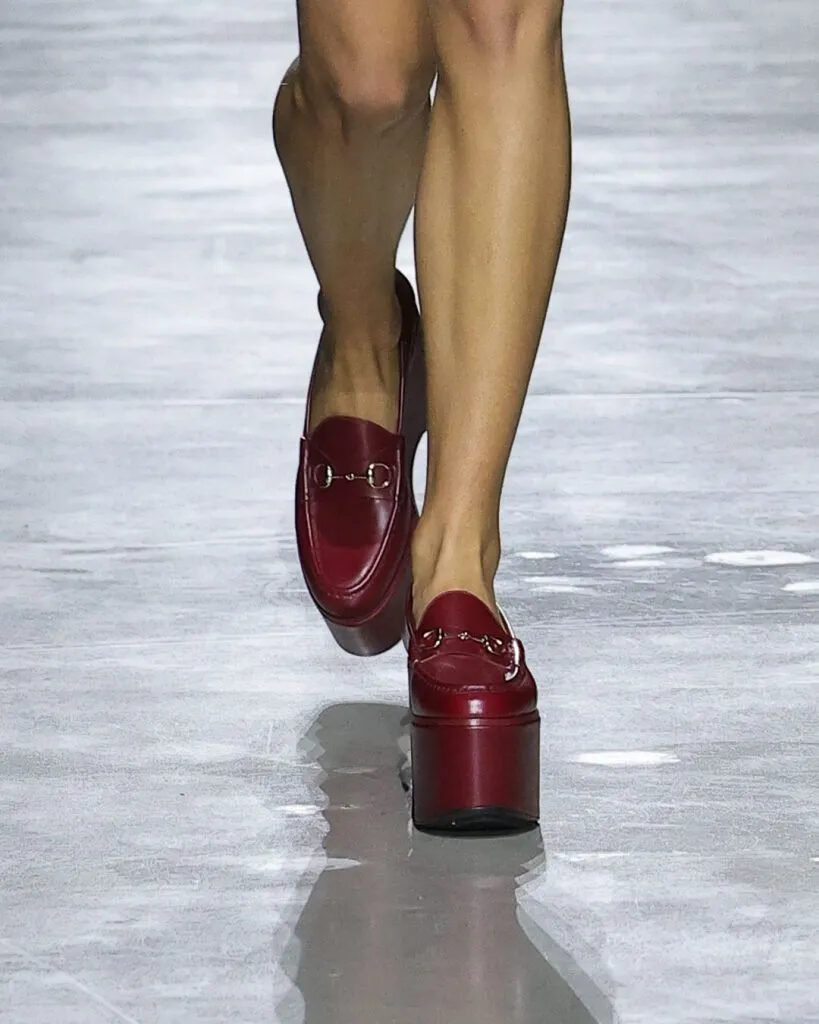
Gucci’s platform loafers, SS24 collection 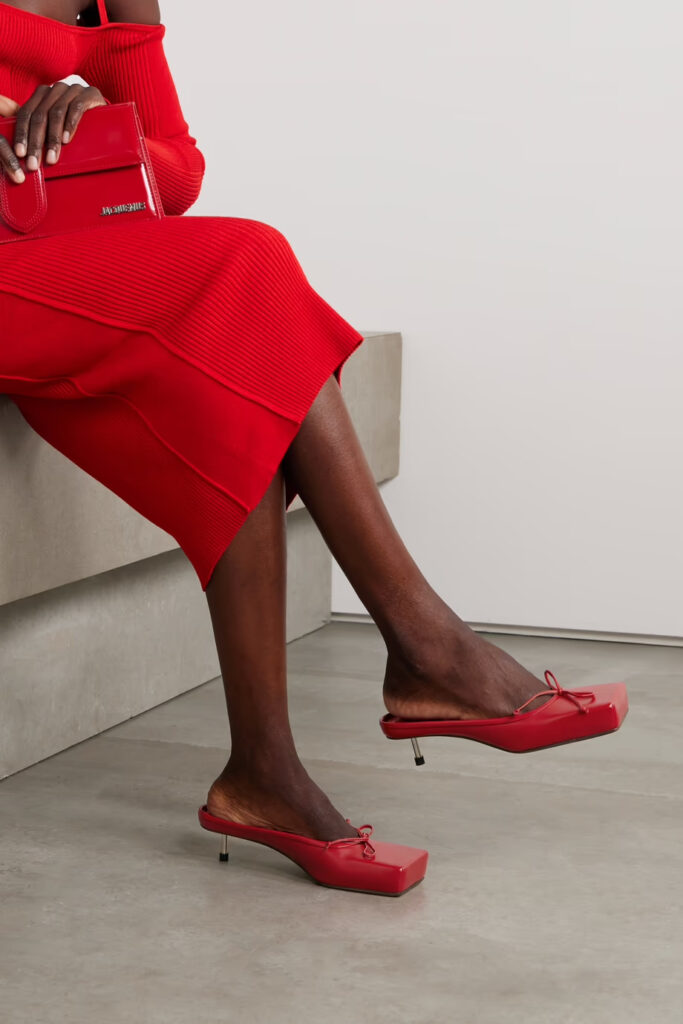
Jacquemus’ “Les Mules Basses”, Fall 23 collection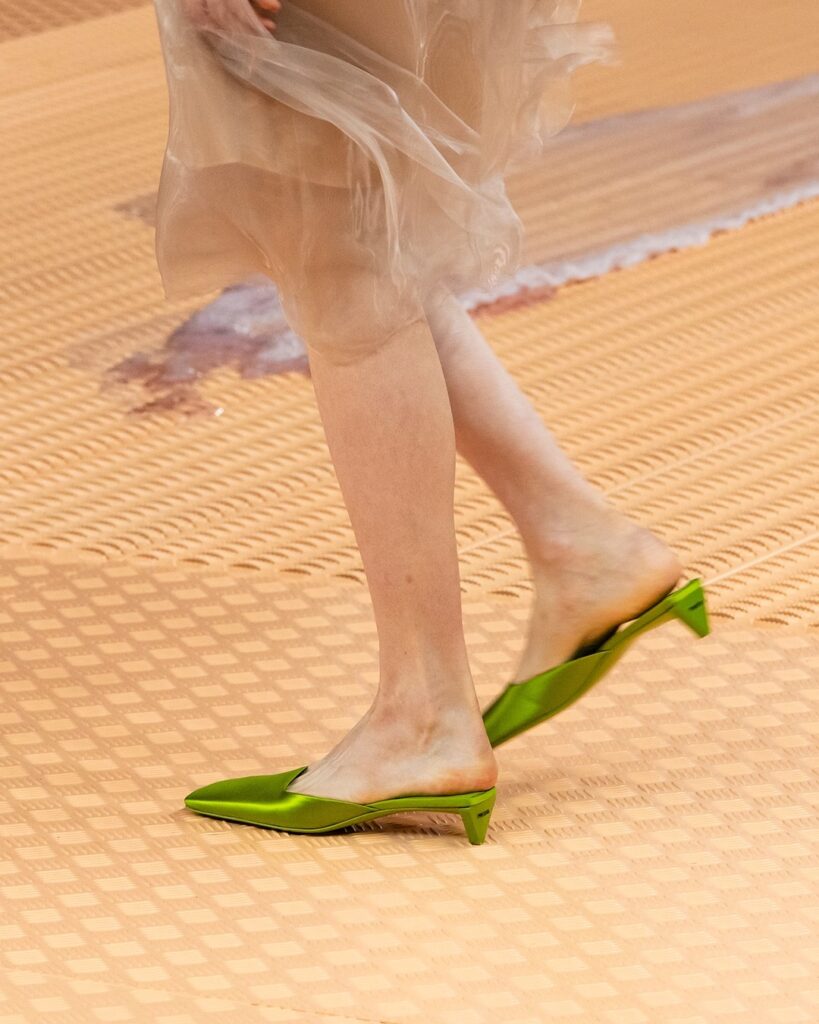
Prada’s low-heeled mules, SS24 collection
The unusual shapes of this year’s flat shoes testify that we are still looking for a break with our traditions, but our motivation is not solely based on escapism. We are looking at our traditions with new lenses, trying to reinterpret the codes of our everyday outfits to find not answers nor refuge, but novelty and freshness. We are taking back center stage with respect to our surroundings, looking to shape our future in an active way and move past the passive attitude towards reality that we have adopted following the overwhelming experience of the pandemic. This season’s collections revolve around wearability, testifying that we are claiming back reality, owning it and shaping it while fighting for our ideas, in the hope to bring novelty to our traditions and build a future that is deserving of our faith, building a new beginning one ballet flat at a time.
By Chiara Ricciardi
Sources:
Katalay, Christelle. “Highs and Lows: Heels and the Economy.” Medium, Junior Economist, 2 June 2021, junioreconomist.org/highs-and-lows-heels-and-the-economy-fa8b693f7b72.
Masterworks. “How Do Recessions Impact Fashion Trends? Beyond the Hemline Index .” Masterworks, 23 Dec. 2022, insights.masterworks.com/finance/beyond-the-hemline-index/.
Connie Wang, Isabelle Rancier. “The History of the Platform Shoe- 70s, 90s, and Today.” The History Of The Platform Shoe- 70s, 90s, And Today, www.refinery29.com/en-us/platform-shoe-history. Accessed 4 Nov. 2023.
GregIacurci. “Here’s the Inflation Breakdown for September 2023 – in One Chart.” CNBC, CNBC, 12 Oct. 2023, www.cnbc.com/2023/10/12/heres-the-inflation-breakdown-for-september-2023-in-one-chart.html.



